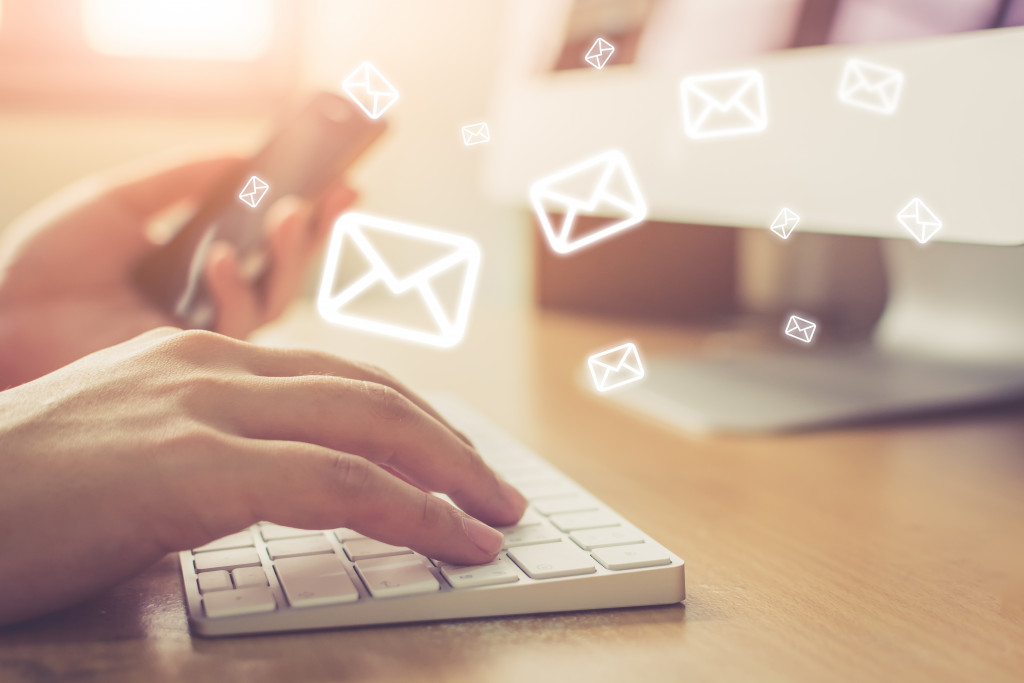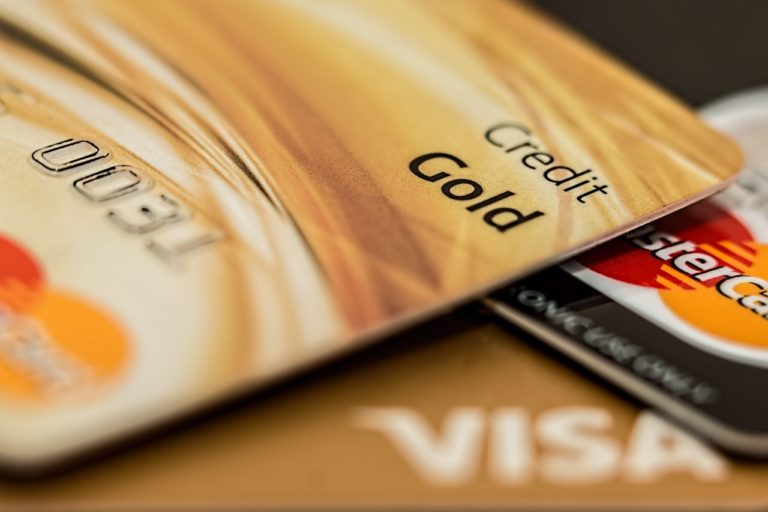Subscribers’ data is essential because it is the lifeblood of your business. It is the personal information of your customers and potential customers, and you need to protect it at all costs.
If you don’t protect it, you could lose customers or, worse, have your business compromised.
However, hackers and other data thieves are becoming more sophisticated, and it’s getting harder to keep up with their tactics. These individuals steal personal and financial information for their own gain. They often target small businesses because they know that these businesses may not have the same level of security as larger companies.
Fortunately, you can take steps to protect your subscribers’ data. Here are some tips:
1. Use a secure server for your newsletter sign-up form.
Make sure the server your newsletter sign-up form is hosted on is secure. This means that the data entered into the form is encrypted and not accessible by anyone but you. If you are running a digital marketing agency, you know that client data is sacred. Just like client data, subscribers’ information should be protected at all costs because individuals entrusted you with their personal information.
2. Keep your list of subscribers confidential.
Do not share your list of subscribers with anyone—not even your employees. Only people who need to access the list should have access to it, and they should only be able to access it for the purpose of sending out the newsletter.
If you can, keep your mailing list in a password-protected database. This way, even if your employees had access to the database, they would not be able to see the actual list of subscribers unless they had the password.
Whenever possible, encrypt your subscribers’ information. This means that if someone were to hack into your system, they would not be able to read the data.
3. Do not sell or rent your list of subscribers.
This should be obvious, but it’s worth repeating. Do not sell or rent your list of subscribers to anyone. It’s not only unethical, but it’s also illegal in some countries. Also, do not use your list of subscribers for any other purpose than sending out your newsletter.
4. Use a double opt-in process for your newsletter sign-ups.
A double opt-in process means that someone must confirm their subscription to your newsletter before they are added to your list. This helps to ensure that only people who actually want to receive your newsletter are on your list, and it reduces the chances of someone accidentally signing up for your newsletter.
5. Keep your subscribers’ data clean and up-to-date.
Make sure you remove bounced emails and unsubscribe requests from your list of subscribers. Keeping your list clean will help to ensure that your emails are delivered to the people who actually want to receive them.
6. Use a reputable email service provider.
There are a lot of email service providers out there, but not all of them are created equal. Make sure you use a reputable email service provider with a good reputation for delivering emails to people’s inboxes.
How is this related to data security, you may ask? A good email service provider will have security measures in place to protect your subscribers’ data.
7. Keep your own computer secure.
If you have access to your subscribers’ data, keep your own computer secure. Install a good antivirus program and keep it up-to-date. Use a firewall and make sure your operating system and software are up-to-date.
You should also limit the number of people who have access to member data or records: the fewer people who have access, the better.

8. Educate your employees about security.
If you have employees who have access to your subscribers’ data, make sure they are educated about security. They should know how to keep their own computers secure and handle sensitive data.
Data breaches or leaks are becoming more and more common, so it’s essential to take steps to protect your subscribers’ data.
9. Have a plan for if something goes wrong.
No matter how well you protect your subscribers’ data, there is always a chance something could go wrong. Make sure you have a plan for if something does happen. Who will you notify? What will you do to fix the problem? How will you prevent it from happening again?
Having contingency plans in place will help you minimize the damage if something goes wrong.
10. Keep an eye on the latest security threats.
Keep an eye on the latest security threats and make sure you are taking steps to protect your subscribers’ data from them. Hackers are always coming up with new ways to steal data, so you need to keep up with the latest threats.
Final Thoughts
Data security is important for any business or organization that collects and stores personal information about individuals. By taking steps to protect your subscribers’ data, you can help to ensure that their personal information is safe and secure.

















